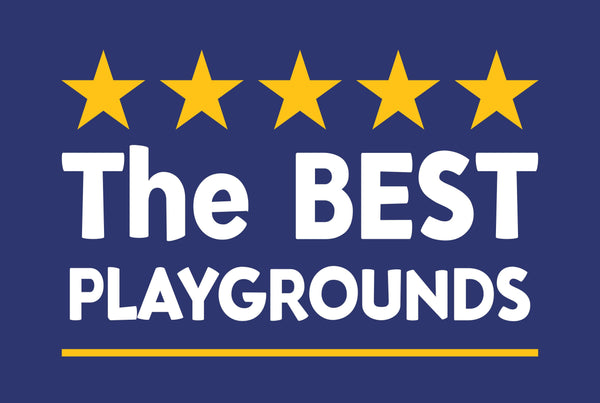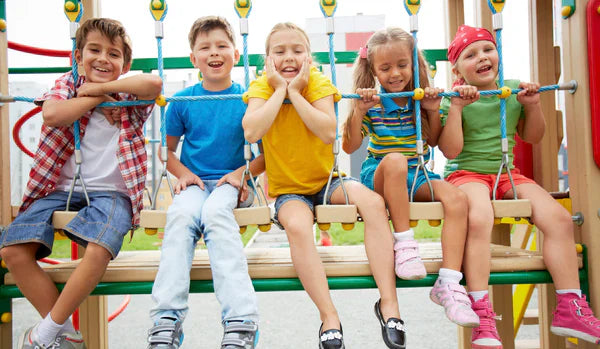When kids step onto a playground, they’re not just climbing, sliding, and swinging — they’re entering a world of possibility. The best playground games turn ordinary equipment into adventures, challenges, and social opportunities that shape both bodies and minds.
Unlike structured sports, playground games often come from imagination and collaboration. A group of kids can turn a slide into a waterfall escape, a set of monkey bars into a jungle crossing, or a swing set into a launching pad. These moments of unstructured play encourage creativity, problem-solving, and teamwork in ways that formal activities sometimes can’t.
At the same time, playground games provide important physical benefits. Running, jumping, and climbing all build strength, balance, and coordination. Even classic games like tag, four square, or hide-and-seek help children develop endurance while keeping the fun front and center.
Playgrounds also give kids a unique social learning environment. Whether they’re negotiating rules, taking turns, or including new friends, these small interactions during play teach cooperation and empathy in a natural setting. For schools and communities, encouraging playground games means creating an environment where every child has the chance to belong.
The Bottom Line
The true power of playground games lies in their flexibility. They don’t require expensive equipment or complicated rules — just a safe space, some creativity, and a willingness to play. When playgrounds are designed to spark both imaginative and active games, they become more than recreation spaces; they become essential hubs for growth and connection.
At The Best Playgrounds, we’re passionate about creating play environments that make these moments possible. Because when kids play more, they grow more — and that benefits everyone.

